Last Updated on March 19, 2024 by teamobn
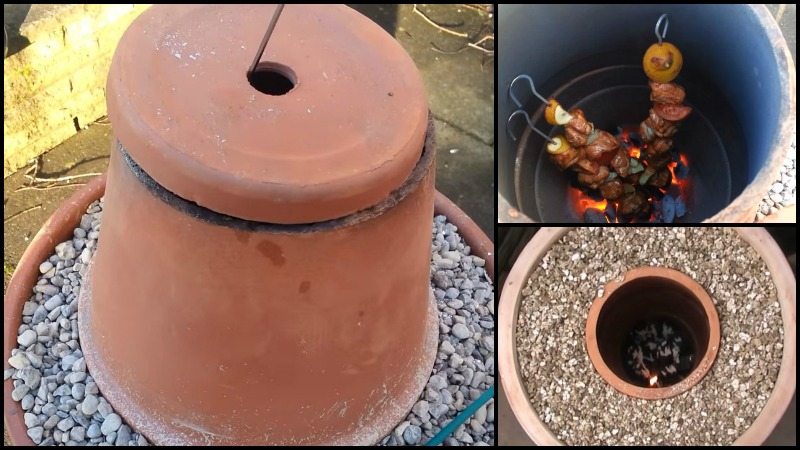
Tandoori cooking is one of the world’s favorites. Although most of us think of Tandoori foods as being Indian (think Tandoori Chicken with the freshest Naan bread), it’s a style used from the Caucasus, down through Turkey and the Middle East right through to South Asia. The secret to Tandoors is the very high temperatures achieved. Using charcoal or wood, burning inside the tandoor, temperatures can reach 450C (850F)!
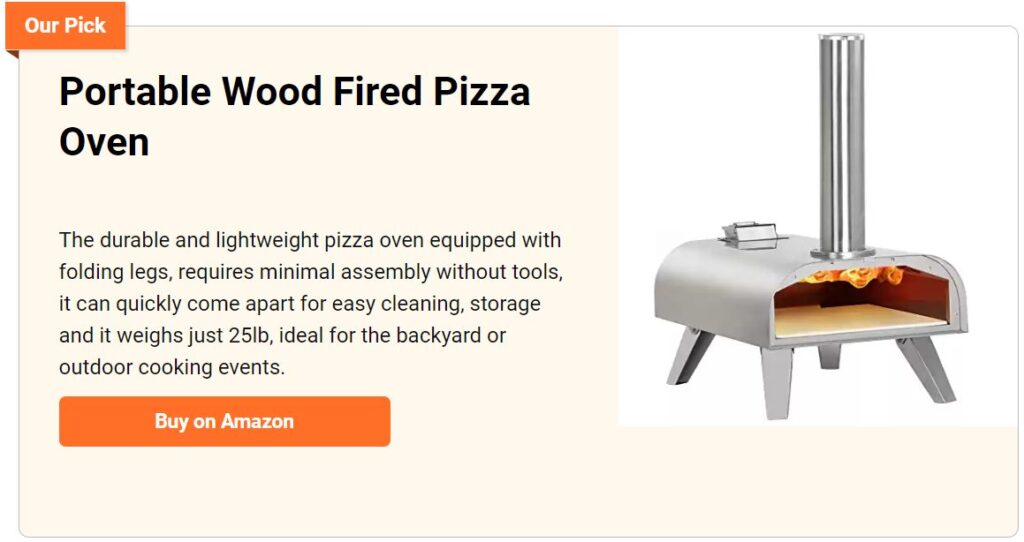
The food is directly exposed to the flames and heat resulting in simultaneous radiant heat cooking, hot-air, convection cooking, and smoking from the oils, fats, and food juices that drip down onto the charcoal. This type of oven, powered by charcoal or wood, cooks food through radiant heat produced within the oven itself. If built properly, your tandoor oven can cook at 480 degrees Celsius or higher. What’s great about this outdoor cooker is that you can maintain desired cooking temperature even when you have some strong wind blowing.

You can make a dolly for your tandoor oven so it is easier to move around when needed. And you can choose to buy smaller pots for when you plan to use them while travelling by land in a trailer or wagon. It is mobile like a grill, and conservers its heat and fire like your typical oven.
Building a Tandoor Oven
To make an Indian tandoor oven, you’ll need a few materials. Most importantly, you’ll need a clay pot. You can find these at most home improvement stores. You’ll also need a pot stand to support the pot, general-purpose gravel and a grill to place inside the pot. Finally, you’ll need some charcoal.
Now start gathering the needed materials and cook some delicious Indian food!
Materials
- 1 pc 15cm Flower Pot
- 2 pcs 30cm Flower Pot
- 1 pc 43cm Flower Pot
- 1 set of Pot Stands
- 1 bag of General Purpose Gravel
- Grill
- Marker/Tape
Tools
- Old All-purpose Saw
Instructions
Step 1: Prepare the Large Flower Pot
- Positioning: Place the 43cm flower pot on a stable, level surface. This pot will serve as the outer shell of your tandoor oven.
- Drainage Hole Inspection: Ensure the pot has a large drainage hole at the bottom. If not, use the all-purpose saw to create one. This hole is crucial for ventilation and will serve as the bottom of your tandoor oven.
Step 2: Create Insulation Layer
- Gravel Fill: Fill the bottom of the 43cm pot with a layer of general-purpose gravel for insulation. This layer should be about 5-7cm deep, providing a base for the smaller pots to sit on.
Step 3: Assemble the Inner Structure
- Initial Placement: Take one of the 30cm flower pots and place it inside the 43cm pot, centered on the gravel. This pot will form the main cooking chamber of the tandoor.
- Securing with Gravel: Fill the space between the 43cm and 30cm pots with more gravel, up to the rim of the inner pot. This not only insulates but also stabilizes the structure.
Step 4: Prepare the Smaller Pots
- Marker and Tape: Using marker and tape, mark a horizontal line around the upper third of the remaining 30cm and the 15cm flower pots. This line will guide your cutting to create the innermost layer of the tandoor.
- Cutting: Carefully use the all-purpose saw to cut along the marked lines, removing the upper portion of each pot. Ensure you wear protective gloves and goggles during this step to avoid injury.
Step 5: Insert the Innermost Pot
- Placement of the 30cm Cut Pot: Place the cut 30cm pot inside the already positioned 30cm pot, aligning it to sit evenly. This double layer increases the insulation and heat retention.
- Add the 15cm Pot: Finally, position the cut 15cm pot inside the double layer of 30cm pots. This creates a concentrated cooking chamber, ideal for high-heat tandoori cooking.
Step 6: Install the Grill
- Grill Placement: The grill should be placed on top of the innermost (15cm) pot. If necessary, cut the grill to size with the all-purpose saw, ensuring it fits snugly within the pot’s rim.
- Adjustment for Access: Ensure there’s enough space to easily insert and remove skewers through the mouth of the tandoor oven.
Step 7: Final Assembly and Positioning
- Stability Check: Place the entire assembly on the set of pot stands to ensure stability and airflow through the bottom drainage hole.
- Inspection: Double-check all components for stability and alignment. The tandoor oven should be stable, with no wobble, to ensure safety during use.
Step 8: Curing Your Tandoor
- Initial Firing: Before the first use, light a small fire within the tandoor using charcoal or wood. This initial firing is crucial to cure the terracotta pots and eliminate any moisture that might cause cracking.
- Gradual Heating: Allow the tandoor to heat slowly, gradually increasing the temperature over a few hours. This curing process strengthens the structure.
History and Cultural Significance of Tandoori Cooking
Tandoori cooking, a method synonymous with vibrant flavors and intense heat, has deep roots that span several cultures and centuries. This culinary tradition is not just about cooking food; it’s a rich tapestry of history, culture, and communal sharing that resonates with people from the Caucasus to South Asia. The focus of this DIY project, “tandoor oven,” is central to this narrative, reflecting its crucial role in the evolution of tandoori cuisine.
Origins of Tandoori Cooking
The inception of tandoori cooking dates back over 5,000 years, originating from the Indus Valley Civilization. Early tandoors were simple pits dug in the ground, lined with clay. This ancient method of cooking has evolved significantly, yet the fundamental principle remains unchanged. The tandoor oven, a cylindrical clay or metal oven, is at the heart of this cooking tradition. It’s fascinating how this ancient culinary tool has sustained its relevance and even become a symbol of communal gatherings and celebrations in various cultures.
Cultural Tapestry
Tandoori cooking transcends geographical boundaries, embodying a culinary tradition that is as diverse as it is historic. In India, the tandoor oven is a staple in many regional cuisines, producing classics like tandoori chicken, naan bread, and other delicacies. Its influence stretches to the Middle East and Central Asia, where it plays a pivotal role in the culinary landscapes of countries like Iran, Turkey, and Afghanistan.
The communal aspect of tandoori cooking, where food is often prepared for large gatherings, highlights its cultural significance. It’s a culinary tradition that brings people together, fostering a sense of community and shared experience. The tandoor oven, with its capacity to cook large quantities of food quickly, is perfectly suited to this communal aspect.
Evolution and Innovation
The evolution of the tandoor oven itself mirrors the innovation and adaptability of human cultures. From its early incarnations as a simple clay pit to the modern portable versions, the tandoor oven has adapted to meet the needs of different people and environments. Innovations like the use of different materials, such as metal, and the development of mobile tandoors, reflect the ongoing relevance of this cooking method in contemporary society.
Global Impact
The global spread of tandoori cooking is a testament to its universal appeal. Today, tandoori dishes are beloved worldwide, with tandoor ovens being an integral part of restaurants and homes across the globe. This global embrace of the tandoor oven and its cooking method speaks volumes about the universal language of food and how certain culinary traditions can transcend their origins to become global phenomena.
The history and cultural significance of tandoori cooking are as rich and complex as the flavors it produces. At the heart of this culinary tradition is the tandoor oven, a simple yet revolutionary tool that has shaped the way food is cooked and shared across many cultures. As we delve into the depths of tandoori cooking, we uncover not just a method of preparing food, but a story of human connection, innovation, and cultural exchange that continues to evolve and inspire.
Practical Indian tandoor ovens.
Click on any image to start the lightbox display. Use your Esc key to close the lightbox. You can also view the images as a slideshow if you prefer ![]()
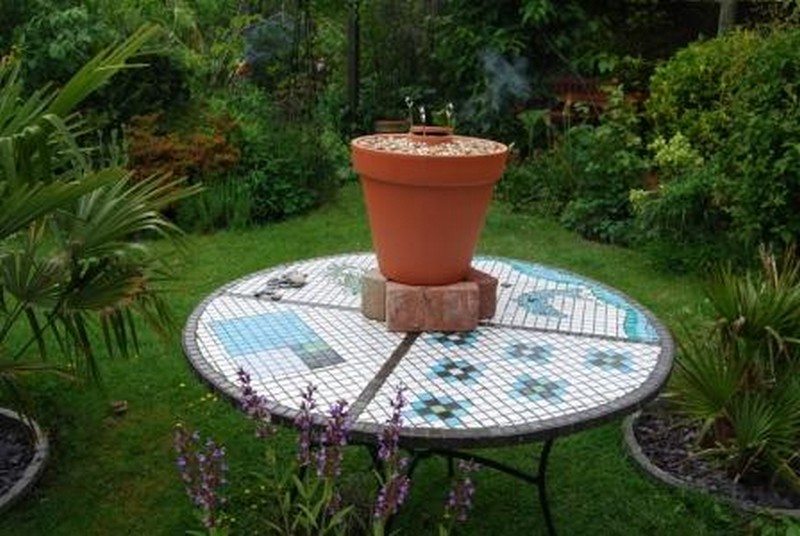

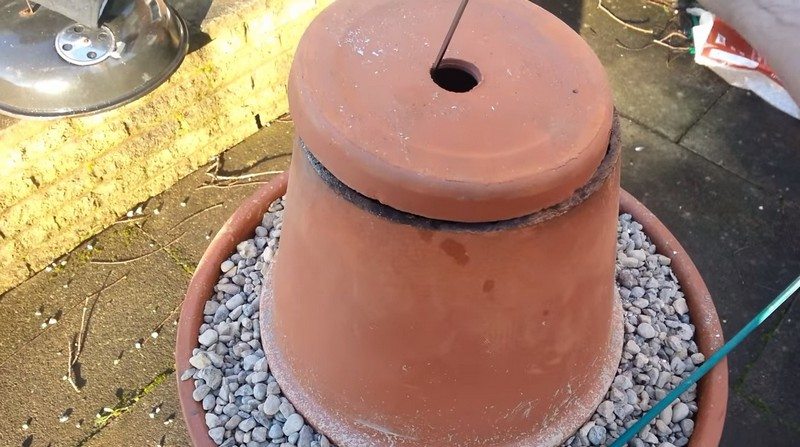
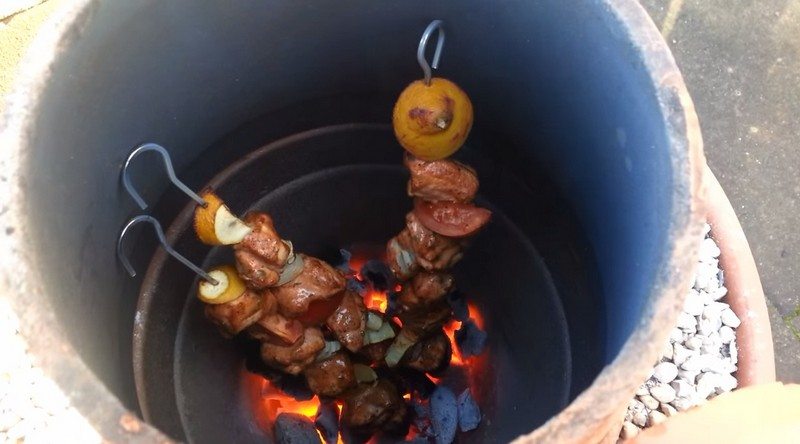
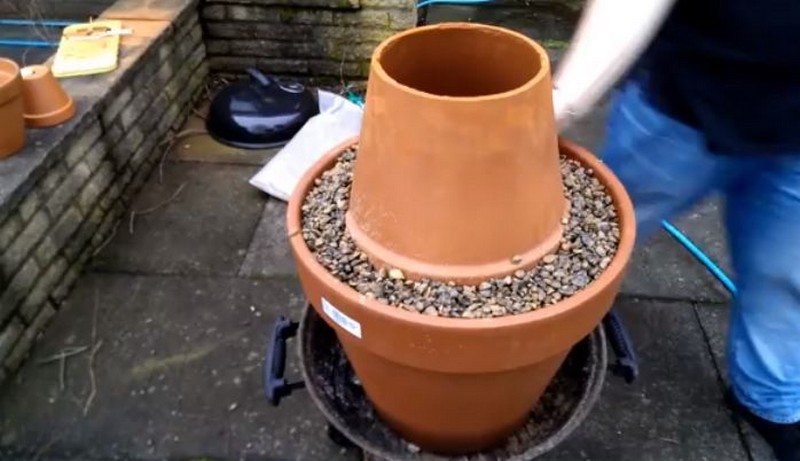
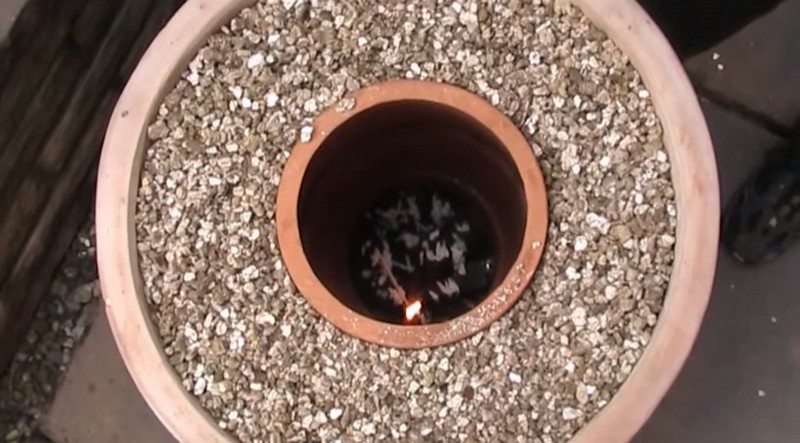
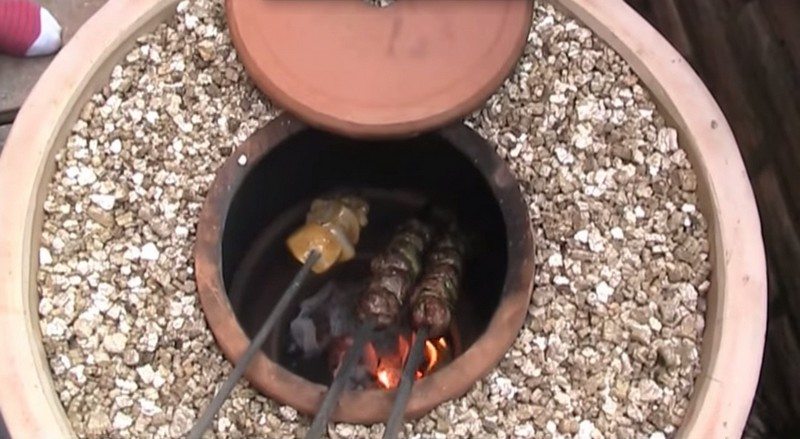
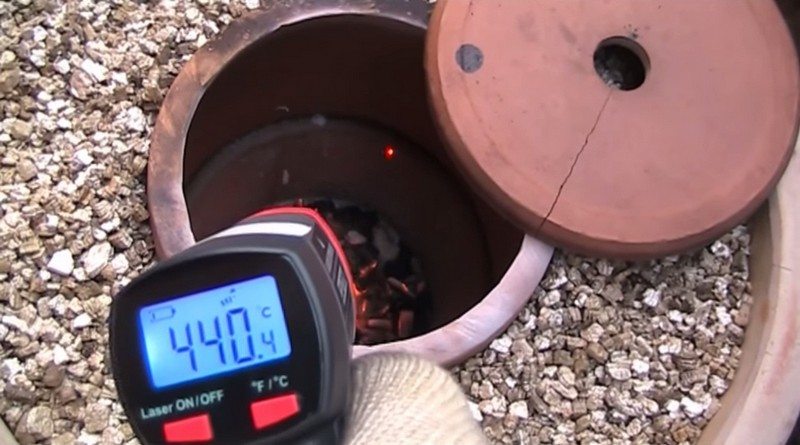
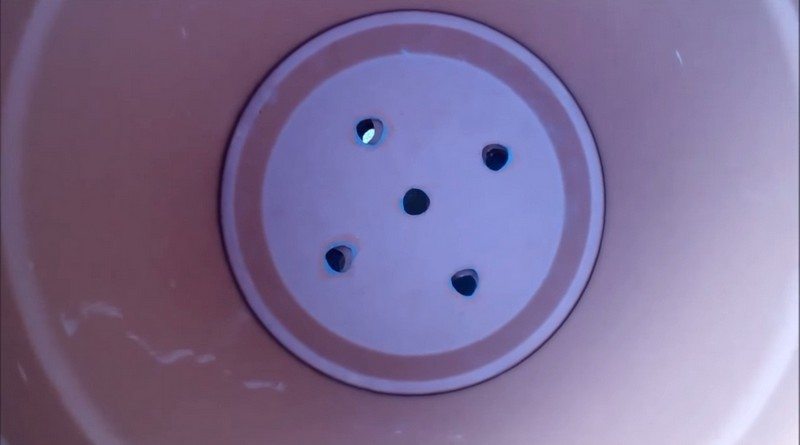
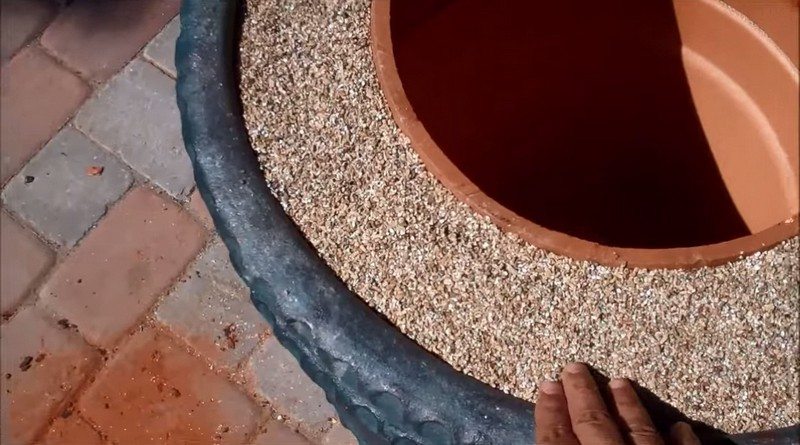
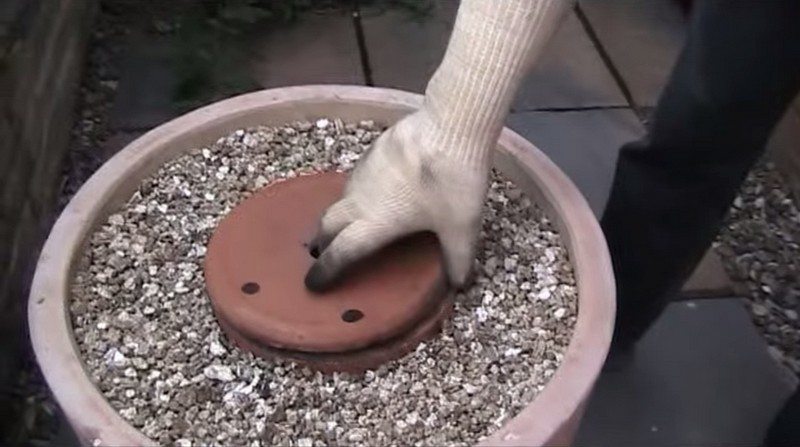
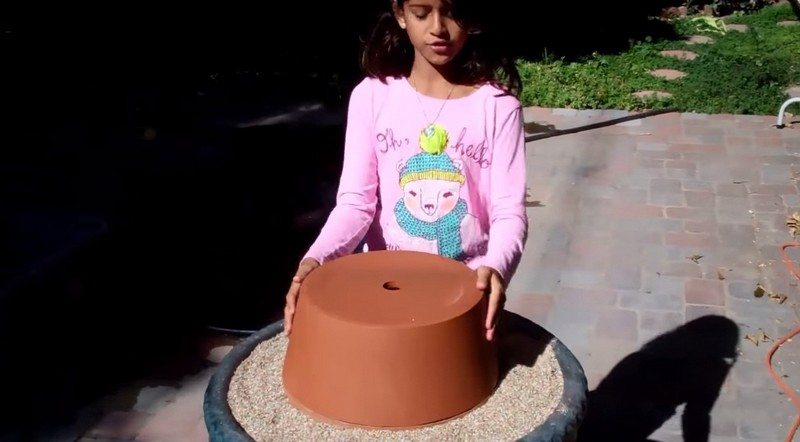
And if you liked this, you might also like these other DIY outdoor kitchen projects – DIY Cob Oven and DIY Cob Pizza Oven
Guide to Tandoori Spices and Marinades
Tandoori cooking, a jewel in the crown of culinary traditions, owes much of its distinctive flavor and appeal to the spices and marinades used. The essence of tandoori dishes, whether it’s the iconic tandoori chicken or the soft, pillowy naan, lies in the rich, aromatic spices that season the food and the deep, penetrating marinades that tenderize and infuse it with flavor.
This guide will explore the vibrant world of tandoori spices and marinades, highlighting their significance in achieving the authentic taste that makes tandoori cooking a global favorite.
Essential Tandoori Spices
The tandoor oven is only part of the equation; the spices used in tandoori cooking are equally crucial. These spices add flavor, color, and aroma, transforming simple ingredients into culinary masterpieces.
- Garam Masala: A cornerstone of tandoori cooking, this blend of ground spices typically includes cinnamon, cardamom, cloves, cumin, and coriander. It adds warmth and depth to dishes.
- Turmeric: Known for its vibrant yellow hue, turmeric adds color and a subtle earthiness to tandoori marinades.
- Cumin: With its distinct, slightly nutty flavor, cumin is essential for adding complexity to tandoori dishes.
- Coriander: Ground coriander seeds contribute a lemony, floral note that balances the robust flavors in tandoori cooking.
- Paprika: Often used for its color as much as its flavor, paprika can add a sweet or smoky note, along with a rich red hue.
- Red Chili Powder: This spice adjusts the heat in tandoori dishes, allowing for customization according to taste preferences.
Creating the Perfect Tandoori Marinade
The secret to mouth-watering tandoori dishes lies in the marinade. A good marinade not only flavors the food but also tenderizes it, ensuring that the meat, fish, or vegetables remain moist and juicy after cooking in the high heat of the tandoor oven.
- Yogurt Base: The foundation of most tandoori marinades is thick, plain yogurt. Its acidity helps to tenderize the meat and acts as a carrier for the spices, sticking to the food as it cooks.
- Ginger and Garlic: A fresh ginger and garlic paste is essential for adding pungency and depth to the marinade.
- Lemon Juice: Adding lemon juice introduces a bright, citrusy note that cuts through the meat’s and spices’ richness.
- Spice Blend: Incorporating the spices as mentioned above into the yogurt creates a marinade that is rich in flavor and color. Adjusting the quantities of each spice can tailor the marinade to suit specific tastes and dishes.
- Herbs and Additional Flavors: Fresh cilantro, mint, or fenugreek leaves can be added to the marinade for an extra layer of flavor. Some recipes also include a touch of sweetness with honey or sugar to balance the spices.
Marinating Tips
For the best results, meat should be marinated for at least a few hours, though overnight is ideal. This allows the flavors to penetrate deeply and the acids in the marinade to tenderize the meat thoroughly. Vegetables and paneer require less time but still benefit from being left to marinate to absorb the flavors fully.
The magic of tandoori cooking lies in its ability to transform simple ingredients into extraordinary dishes, thanks to the power of spices and marinades. Home cooks can bring the authentic flavors of tandoori cuisine into their kitchens by understanding the essential spices and mastering the art of marinating.
Safety Tips for Handling and Maintaining a Tandoor Oven
The tandoor oven, renowned for its ability to reach extremely high temperatures to create delicious tandoori dishes, is a culinary asset in both restaurants and home kitchens. However, handling and maintaining such a powerful cooking appliance requires respect for its operational and safety aspects.
This guide aims to provide essential safety tips for users to ensure a safe and enjoyable cooking experience with their tandoor oven.
Understanding Your Tandoor Oven
Before delving into the specifics of safety, it’s crucial to fully understand the type of tandoor oven you have. Familiarize yourself with the manufacturer’s guidelines regarding the use, maintenance, and safety precautions specific to your model.
Installation and Placement
- Stable Grounding: Ensure that your tandoor oven is placed on a stable, heat-resistant surface. It should be well-anchored to prevent tipping, which could cause serious injuries or fires.
- Ventilation: Adequate ventilation is crucial, especially for indoor tandoors, to avoid the buildup of smoke and harmful gases. Ensure there’s an efficient exhaust system or sufficient air flow in the cooking area.
- Safe Distance: Keep the tandoor oven at a safe distance from flammable materials, including wooden structures, curtains, or kitchen towels, to prevent fire hazards.
Protective Gear
- Heat-Resistant Gloves: Always use heat-resistant gloves when operating the tandoor oven, especially when adding fuel, adjusting the grate, or handling hot cookware and skewers.
- Long-Handled Tools: Employ long-handled utensils specifically designed for tandoor cooking to maintain a safe distance from the heat source while managing food.
Lighting and Fuel Handling
- Proper Ignition: Follow the recommended procedure for lighting your tandoor oven, using appropriate starters and avoiding any flammable liquids that can cause flare-ups.
- Fuel Management: Use the recommended fuel type (e.g., charcoal or wood) and monitor the quantity to maintain controlled cooking temperatures without overloading the tandoor.
Regular Maintenance
- Inspection and Cleaning: Regularly inspect your tandoor oven for any grease and food particles or cracks, damage, or buildup. Cleaning it per the manufacturer’s instructions will prolong its lifespan and prevent potential fire hazards.
- Crack Management: Small cracks are common for clay tandoors and can often be repaired. However, significant damage may require professional advice or replacement to ensure safe operation.
Safe Cooking Practices
- Supervision: Never leave the tandoor oven unattended while in use. The high temperatures can escalate dangers quickly if any issue arises.
- Temperature Management: Use a thermometer to monitor the internal temperature of the tandoor oven, ensuring it does not exceed safe operating limits.
Handling Emergencies
- Fire Safety: Keep a fire extinguisher nearby and familiarize yourself with its use. In case of a grease fire, remember that water should never be used as it can cause the fire to spread.
- First Aid: Have a basic first aid kit accessible for any burns or minor injuries, and know when to seek professional medical assistance.
Advanced Preparation
- Safety Zone: Establish a clear safety zone around the tandoor oven, especially in environments where children or pets are present. This zone helps prevent accidental contact with the oven’s exterior, which can become extremely hot.
- Pre-Use Checklist: Develop a routine checklist before each use to verify that the oven is in proper working condition, and all safety equipment is at hand.
Fuel Safety
- Quality of Fuel: Always opt for high-quality fuel that burns cleanly. Inferior quality fuels can produce excessive smoke or toxic fumes, negatively impacting both the food and the cooking environment.
- Storage of Fuel: Store fuel in a dry, secure place away from the oven and any other sources of heat or flame. Proper storage minimizes the risk of unintended ignition.
Operational Vigilance
- Avoid Overfilling: When cooking, avoid overloading the tandoor with food. Overfilling can lead to uneven cooking and potentially dangerous flare-ups due to dripping fats.
- Skewer Handling: Exercise caution when inserting or removing skewers. Ensure they are properly secured to prevent them from tipping or falling, which could cause burns or uncontrolled flare-ups.
Environmental Considerations
- Weather Awareness: Be mindful of weather conditions when using an outdoor tandoor oven. High winds can spread sparks or embers, while rain can affect the oven’s temperature and potentially cause cracks in clay models.
- Seasonal Maintenance: Perform seasonal checks and maintenance to address any issues arising from weather changes, such as moisture intrusion or expansion and contraction in clay ovens that might lead to cracking.
Technical Safety Measures
- Temperature Control Devices: Consider installing additional temperature control devices if not already present. These can help closely monitor and adjust the tandoor’s internal temperature to prevent overheating.
- Emergency Shut-off: For gas-powered tandoor ovens, ensure there is an accessible emergency shut-off valve. This allows for quick response in the event of a gas leak or fire.
Post-Use Procedures
- Cooling Down: Allow the tandoor oven to cool down completely before attempting to clean or move it. This can take several hours due to the insulation properties of the oven.
- Ash Disposal: Safely dispose of ashes once they have cooled. Ashes should be placed in a metal container and soaked with water before disposal to ensure they are fully extinguished.
Conclusion
Building your tandoor oven from terracotta flower pots is a fulfilling DIY project and a gateway to exploring the rich and flavorful world of tandoori cooking. Following these steps, you’ve created a versatile cooking tool to achieve the high temperatures essential for authentic tandoori dishes. Enjoy crafting something with your hands that brings a taste of traditional Indian cuisine to your backyard.








